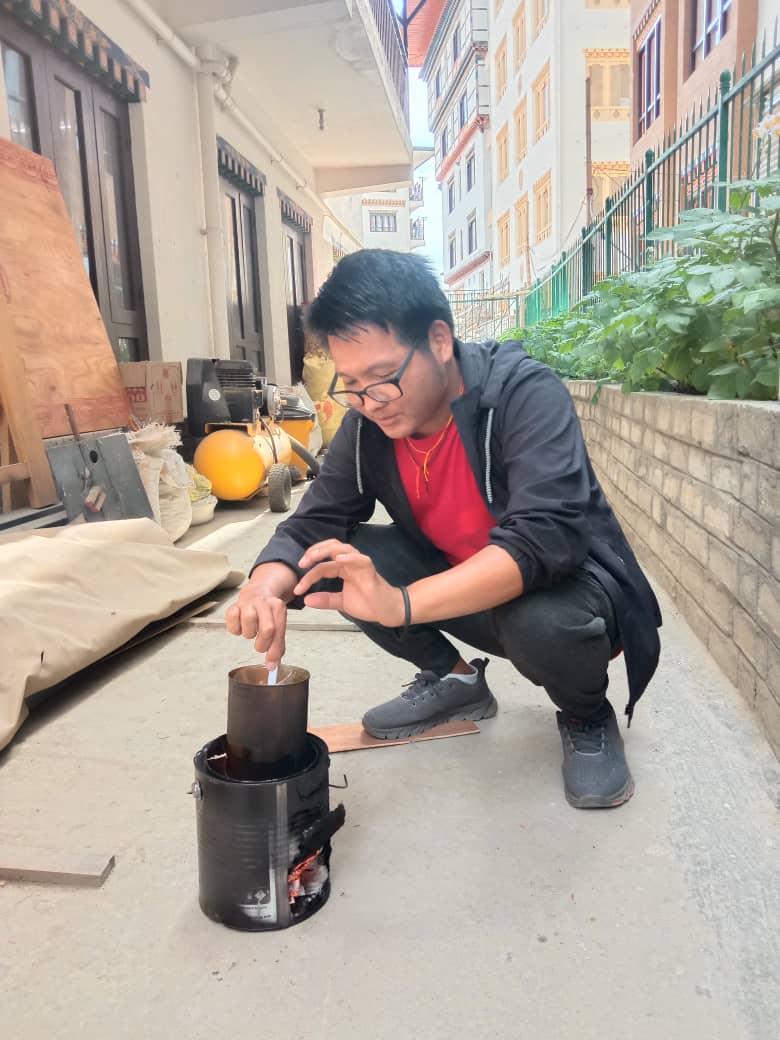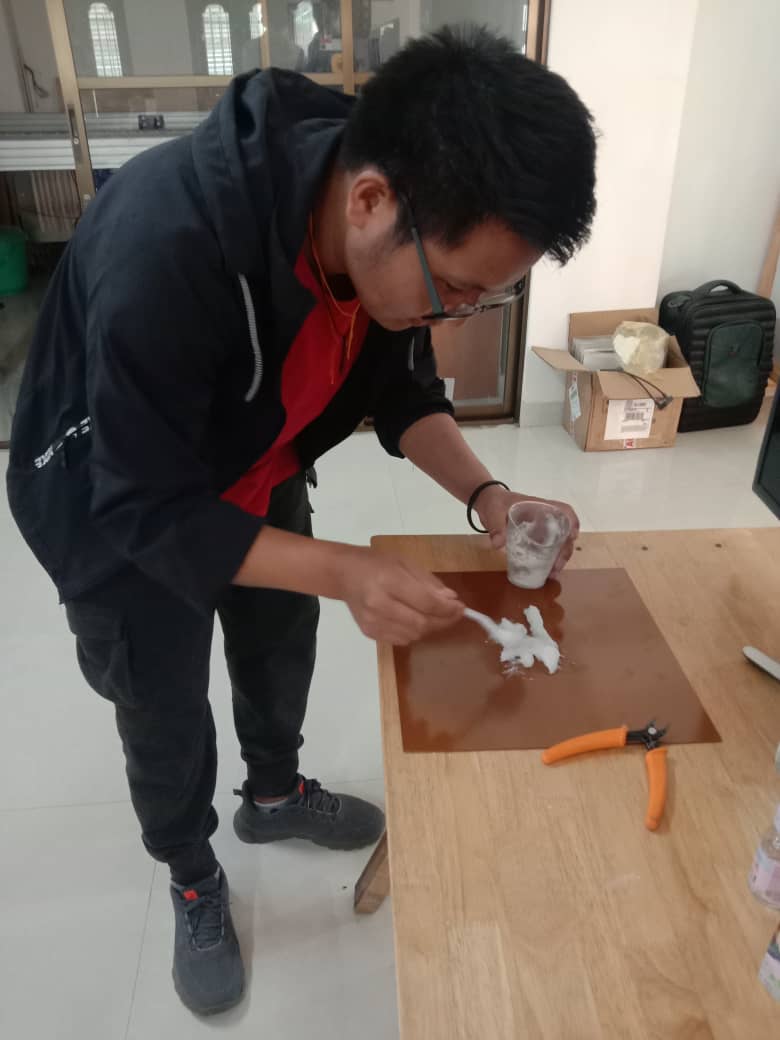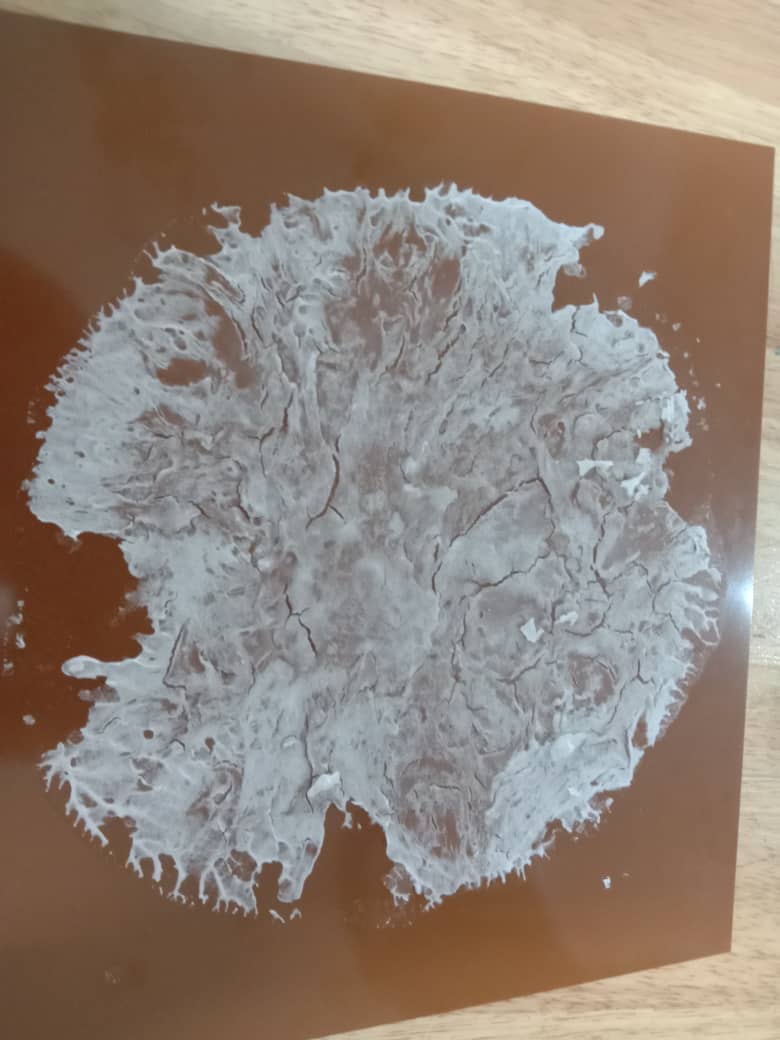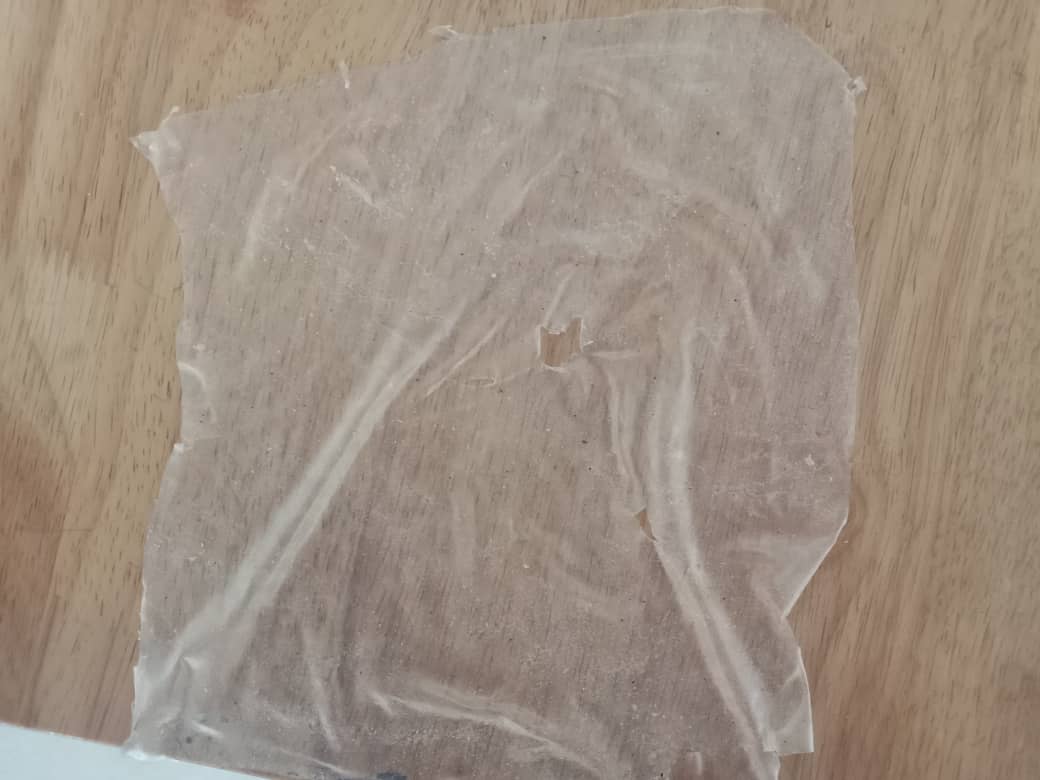Week 15: Wildcard Week
This is the interesting week where we have explore ourselves and learn other than what we are learning during the Fab academy. We are required to operate some computer controlled machine other than that we are using during Fab academy.
As we do not have much other computer operated machine other than we are normally using for Fab academy, it became a hard challenge for us.
Instruction:
- Design and produce something with a digital fabrication process (incorporating computer-aided design and manufacturing) not covered in another assignment, documenting the requirements that your assignment meets, and including everything necessary to reproduce it. Possibilities include (but are not limited to):
Teachable Machine
"Teachable Machine is a web-based tool that makes creating machine learning models fast, easy, and accessible to everyone."(From https://teachablemachine.withgoogle.com/).
One of the options that we got to do is learn teachable machine. Teachable machine plays a vital role in present Artificial Intellegence system. We can use Teachable machine in various ways like classification of images, classification of sounds and classification of positions of the object or person.

Image Classification
Image classification take several samples of images to process for the classification. Each class requires some numbers of image of same thing.

We can change the Class as any name of the image that we are giving. We can either use camera to take picture on the spot or upload the image from folder on the local disk. We can add as much image as possible as more the images, better the classification.
After adding the images of all that we want to classify, we can train the processing and the result will be ready.
Audio Classification:

Audio classification also function similar to that of image classification. It takes audio as an input and train it to classify between various audios. Unlike the image classification, audio classification requires Backgroud noise as one of the input. Record without any audio to capture the background noise.
It is recommended to add record from any possible place for where we are going to use the application.
Pose Classification:

Pose classification classifies between different poses and positions of the objects or human. It takes different poses as input and process it to classify.
Image Classifying
With the image classification technique, we can do many things in our life. Using teachable machine to classify image, we can easily classify without requiring long code of java script or python codes.
I tried image classification for this week assignment. I wanted to see how image classification works and what I could do to integrate in my daily life.

To start, go to teachable machine page, 'Get Started' and select 'Image Project'.

I added different images for different classes that I liked to classify. More images in a class is better for the segregation to be more precise.

Once I got the required images for classification, I processed using train and it got ready.
Test looked successful, where the image in the Preview is the current object that camera is picking and it shows the class with highest percentage of the name.
Bio Plastic from Potato starch:
Plastic waste has become the concerned problem for global, which required a urgent solution. In order to replace the non-bio degradeable plastic, we need to have alternatives for the plastic. With the idea to make the bio plastic which is degradeable in the nature has been light that could solve the global issue.
I also wanted to try making bio plastic for this week.

Materials Required:
Basic requirement for making potato starch plastic are:
- Potato starch,
- Glycerine and
- Vinegar
Other than that we also require oven to heat the solution, cup to make solution, spoon to stir and measure, and base plate to lay the and dry the plastic.

Since we do not have required oven to heat the solution, I made fire tin for the purpose.

To start, I mixed the solution and stirred well for around 10 minutes. I haven't consider any proportion of the mixture.

After mixing well, I started to heat it. It needs to heat untill the watery solution turns into paste.

After it gets like jelly like, I layed it on the sheet making it smooth as possible.

This is the result of my first try to make the potato starch plastic. As I haven't consider the proportion of quantity of the items, potato starch had been more and didn't work out well. My first try was unsuccessful.
For the second try, I considered the amount of each item. Proportion used as
- Water 7 spoons
- Potato starch 1 spoon
- Glycerine 1 spoon and
- Vinegar 1 spoon.
Same steps were followed as earlier and this time I tried making thinner.


The result was much satisfying and had plastic character but it is very thin that it got teared when I get it of from the base. I also need thicker bio-plastic in order to design and cut in the machine like laser.

This is the next one and it is much better than earlier ones. I could take that out easily as well as it doesn't tear out when taking off. I can also cut this one in laser machine.
Only problem is it came out with wrinkle unlike the second one which came out smooth and plain.

Reference
- Teachable Machine: https://teachablemachine.withgoogle.com/

